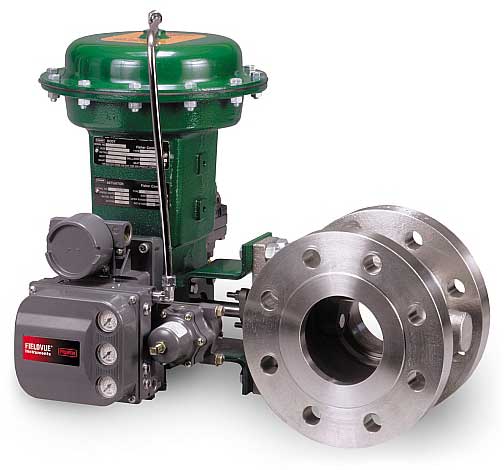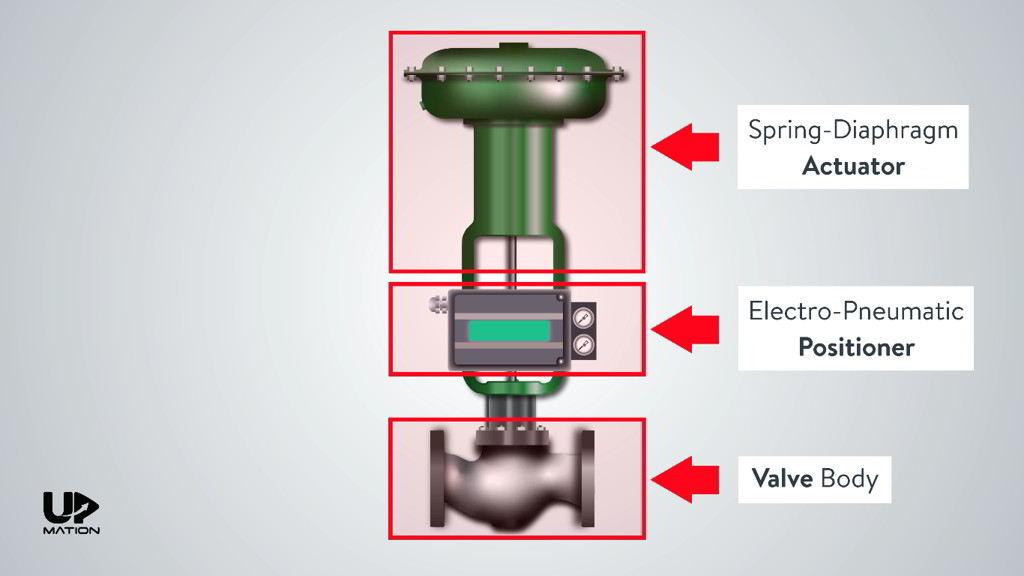
Maximize Energy Cost Savings and Convenience With Advanced Structure Automation Controls
In the world of contemporary architecture and center administration, the combination of sophisticated building automation regulates stands as an essential innovation. The convergence of technology and sustainability has actually birthed a brand-new era where power effectiveness, comfort optimization, and operational streamlining are no much longer far-off aspirations yet obtainable realities. By harnessing the power of automation, structures can adapt, react, and progress in methods that were when inconceivable. The potential for substantial power savings and boosted comfort is not simply a guarantee yet a possibility waiting to be met. This paradigm change in building administration holds the key to unlocking a globe where environmental conscientiousness and passenger well-being harmoniously exist side-by-side within the wall surfaces of our frameworks.
Power Performance Benefits
Energy effectiveness advantages can significantly reduce power intake and functional costs in buildings. Energy-efficient systems, such as innovative structure automation controls, can maximize the usage of resources like home heating, air conditioning, and illumination, leading to reduced power expenses over time.
Furthermore, enhanced power performance can lengthen the life expectancy of building devices and systems. By operating much more efficiently, a/c systems, lighting fixtures, and various other building components experience less deterioration, resulting in reduced upkeep and substitute prices. Additionally, energy-efficient buildings often regulate greater property worths and rental prices, supplying long-term economic benefits to proprietors.
Furthermore, energy performance can improve owner comfort and efficiency. Correctly managed indoor atmospheres with optimum illumination and thermal conditions produce an even more favorable and pleasant workspace, bring about improved worker contentment and efficiency. Overall, the energy effectiveness advantages related to innovative building automation controls are diverse, incorporating price savings, ecological stewardship, and occupant wellness.
Improved Convenience Control
Enhancing convenience control in building settings calls for a sophisticated integration of sophisticated automation systems for ideal occupant well-being. By using sophisticated structure automation controls, centers can tailor the indoor atmosphere to fulfill the details demands and preferences of passengers. These systems make it possible for specific regulation of temperature level, air flow, and lighting, producing a effective and comfy ambience. Owner satisfaction and productivity are carefully linked to thermal comfort, making it necessary to have systems in location that can adapt to altering conditions in real-time.
Enhanced convenience control exceeds fundamental temperature adjustments. It consists of functions such as tailored setups, occupancy sensing units, and all-natural light utilization to create a dynamic and responsive setting. By including these advanced controls, structures can not only enhance convenience however also boost energy performance by optimizing system procedures based on real occupancy and use patterns. Ultimately, focusing on resident convenience with innovative automation systems leads to a much more satisfying and much healthier indoor setting.
Functional Performance Improvements

Additionally, the execution of real-time monitoring and analytics tools makes it possible for building operators to identify power inefficiencies and operational abnormalities without delay. By continuously keeping track of energy usage patterns and system efficiency metrics, changes can be made in real-time to optimize power consumption and make certain peak functional efficiency. control valves. In addition, including need action approaches right into structure automation controls can additionally boost operational effectiveness by dynamically changing power use based on grid conditions and pricing signals
Indoor Climate Optimization
Effective interior climate optimization is a basic facet of structure automation controls, guaranteeing residents' comfort and well-being while making the most of energy cost savings. By using sophisticated sensing units and controls, building automation systems can continually change and check temperature, humidity degrees, air top quality, and air flow to develop an optimal indoor environment. Maintaining consistent and comfy conditions not only enhances occupant complete satisfaction however also boosts productivity and overall well-being.
Interior environment optimization likewise plays a critical duty in power effectiveness. By fine-tuning heating, check this air flow, and air conditioning systems based on real-time information and tenancy patterns, developing automation controls can significantly reduce power usage - control valves. For example, executing techniques such as demand-controlled ventilation and thermal zoning can help minimize power waste while making sure that each area more information of the structure receives the necessary conditioning.

Sustainable Setting Production
Structure automation regulates not only maximize indoor climate problems for power performance and owner convenience but also lay the structure for developing a sustainable setting with critical management of systems and resources. By integrating advanced structure automation innovations, such as sensing units, actuators, and smart software, centers can monitor and adjust power use in real-time to reduce waste and lower their carbon impact. These systems enable predictive upkeep, identifying potential problems prior to they rise and optimizing equipment performance to boost durability and performance.
Moreover, lasting setting development expands beyond energy administration to include water conservation, waste reduction, and indoor air quality improvement. Structure automation controls can regulate water usage, detect leakages, and make certain correct waste disposal methods, contributing to general sustainability initiatives. Additionally, by managing and checking ventilation and purification systems, these innovations boost occupant health and wellness and efficiency while decreasing energy intake related to cooling and heating operations.
Final Thought
In conclusion, progressed structure automation controls offer considerable advantages in regards to power financial savings, comfort control, operational effectiveness, interior environment optimization, and creating a sustainable atmosphere. By executing these controls, buildings can accomplish optimum efficiency while decreasing power intake and boosting occupant comfort. It is obvious that the use of sophisticated automation modern technology is essential in improving building performance and developing a much more lasting future.
Energy performance advantages can substantially minimize power usage and operational prices navigate to this site in structures. Overall, the power efficiency benefits linked with advanced structure automation controls are complex, incorporating price financial savings, ecological stewardship, and passenger wellness.
Additionally, incorporating need feedback approaches right into building automation controls can further boost functional efficiency by dynamically readjusting power usage based on grid problems and prices signals.
Building automation regulates not only maximize interior climate problems for energy performance and passenger comfort yet likewise lay the foundation for developing a sustainable setting with strategic monitoring of systems and resources.In verdict, advanced structure automation controls deal considerable advantages in terms of energy financial savings, comfort control, functional effectiveness, interior climate optimization, and developing a sustainable setting.